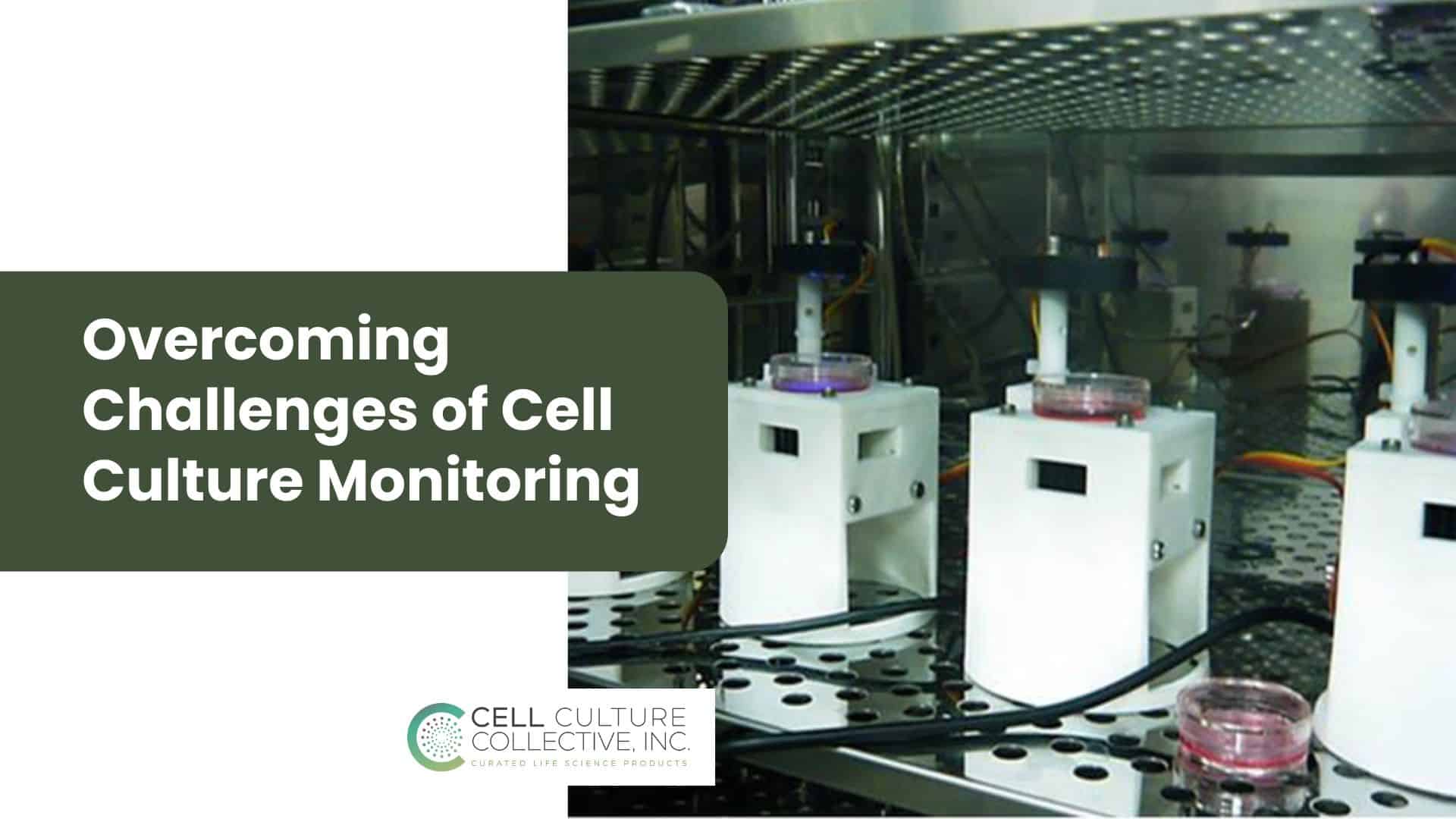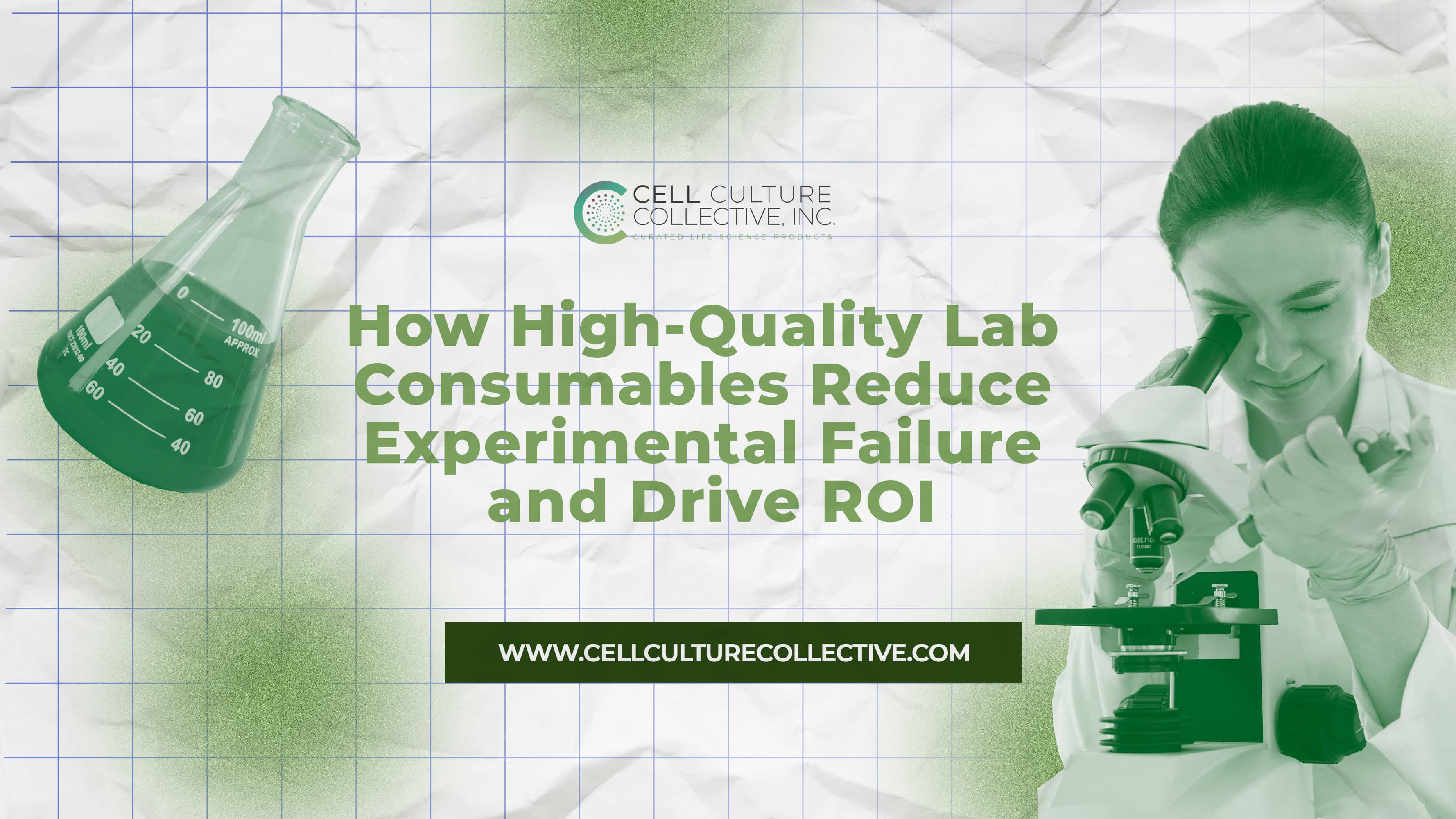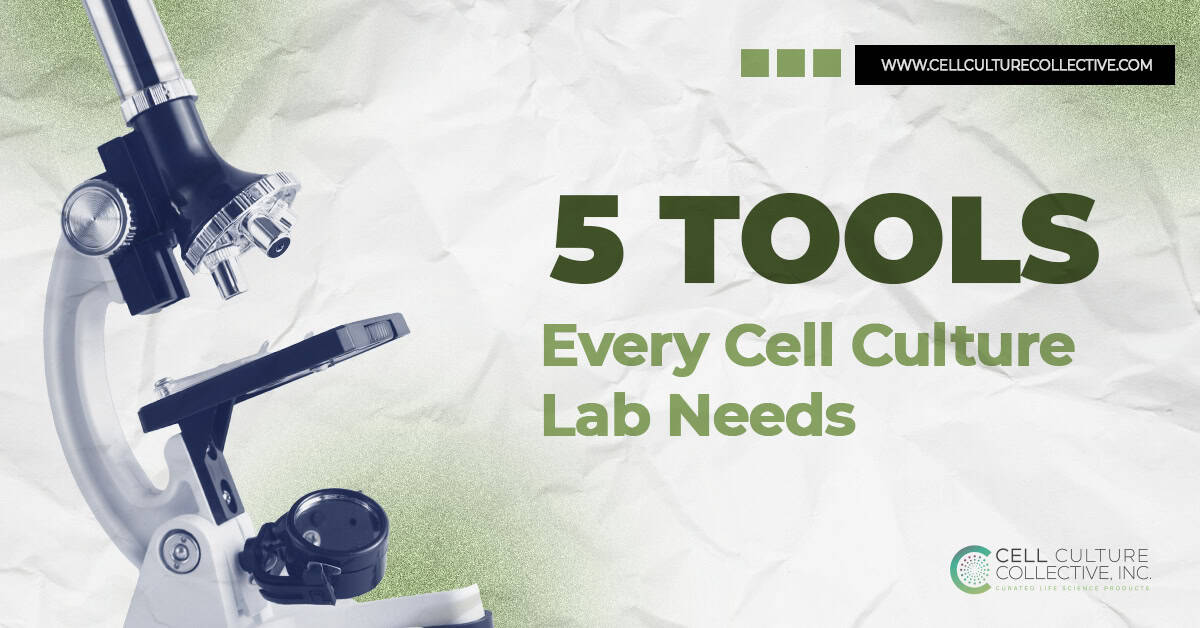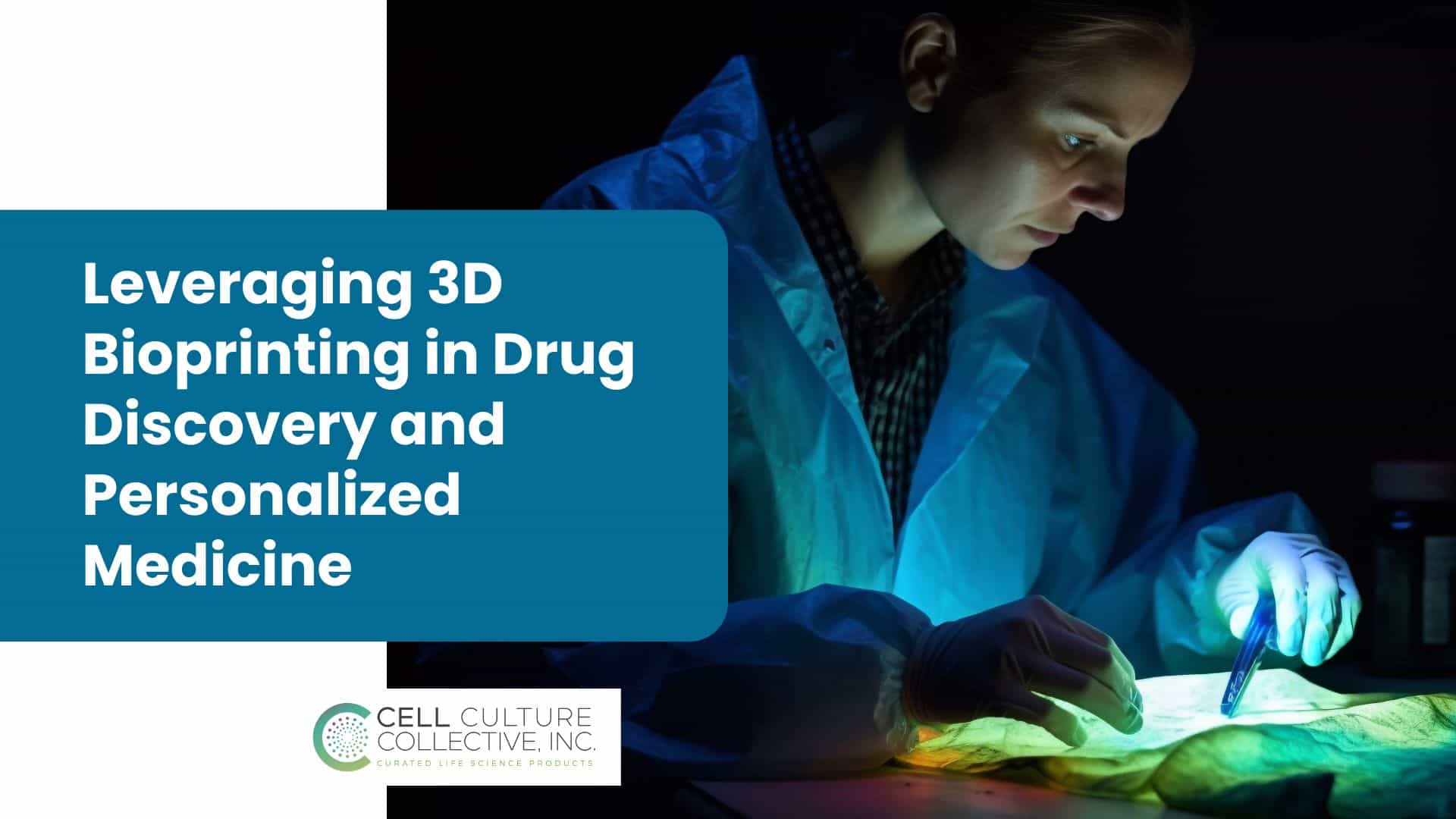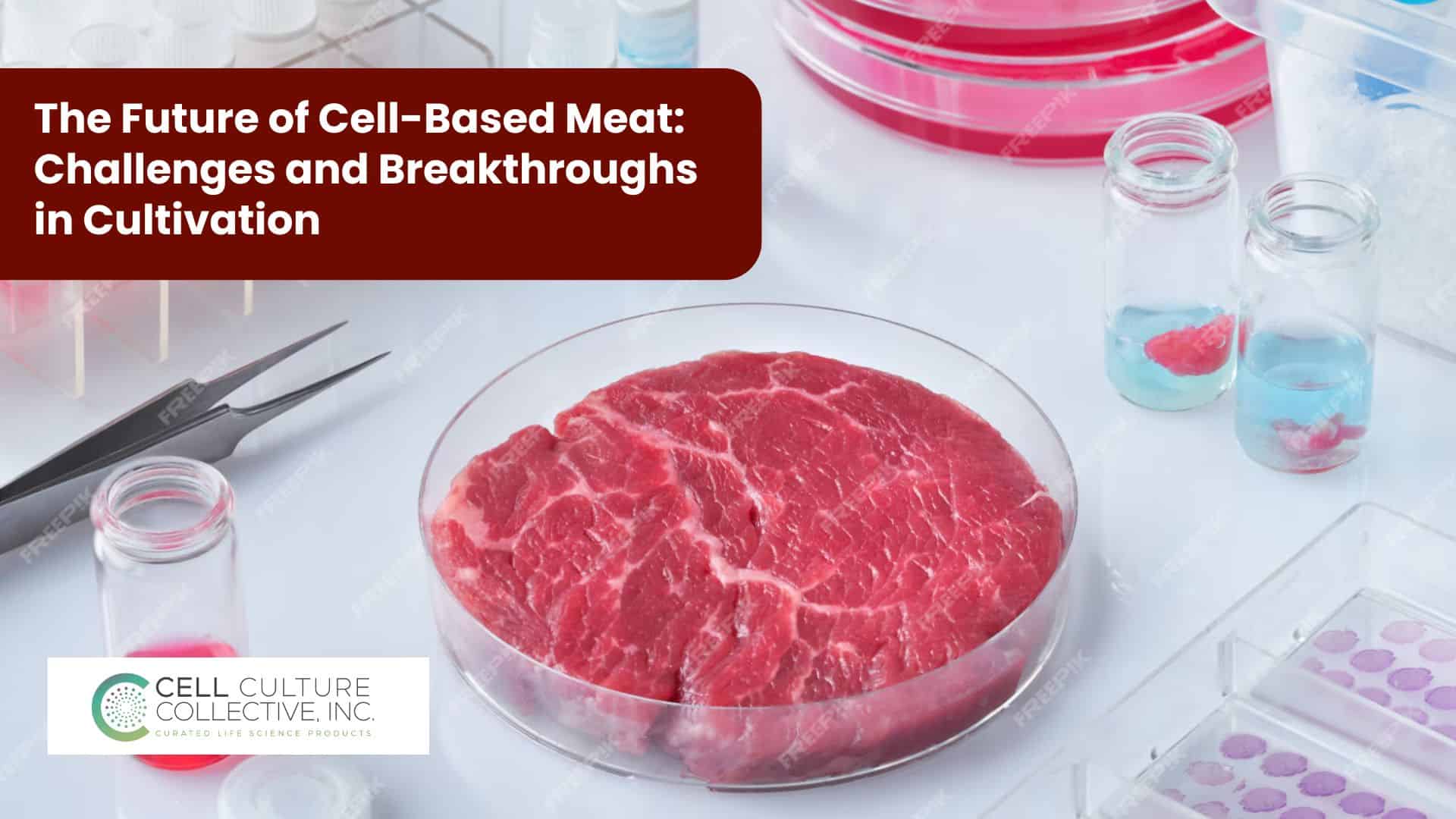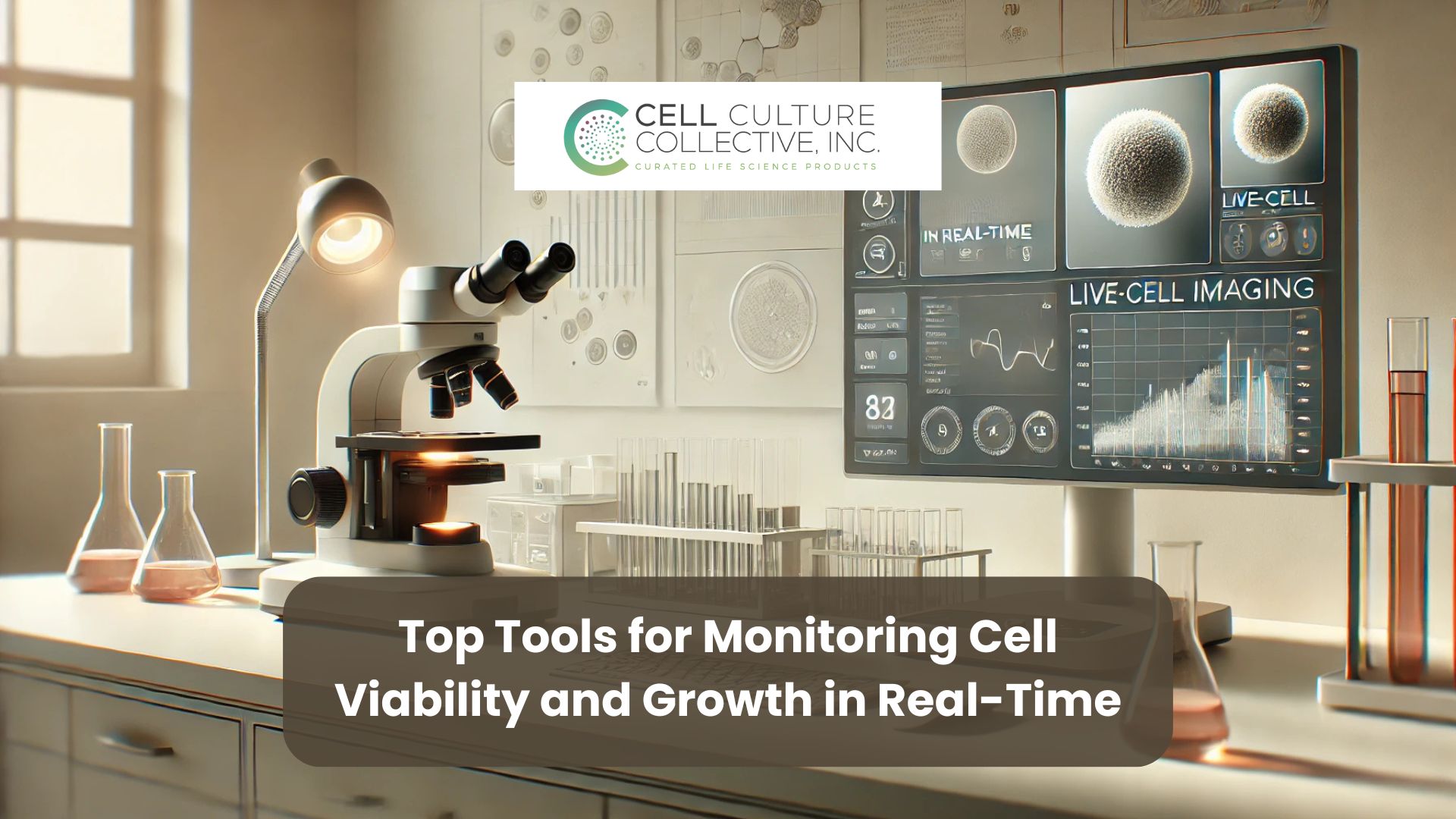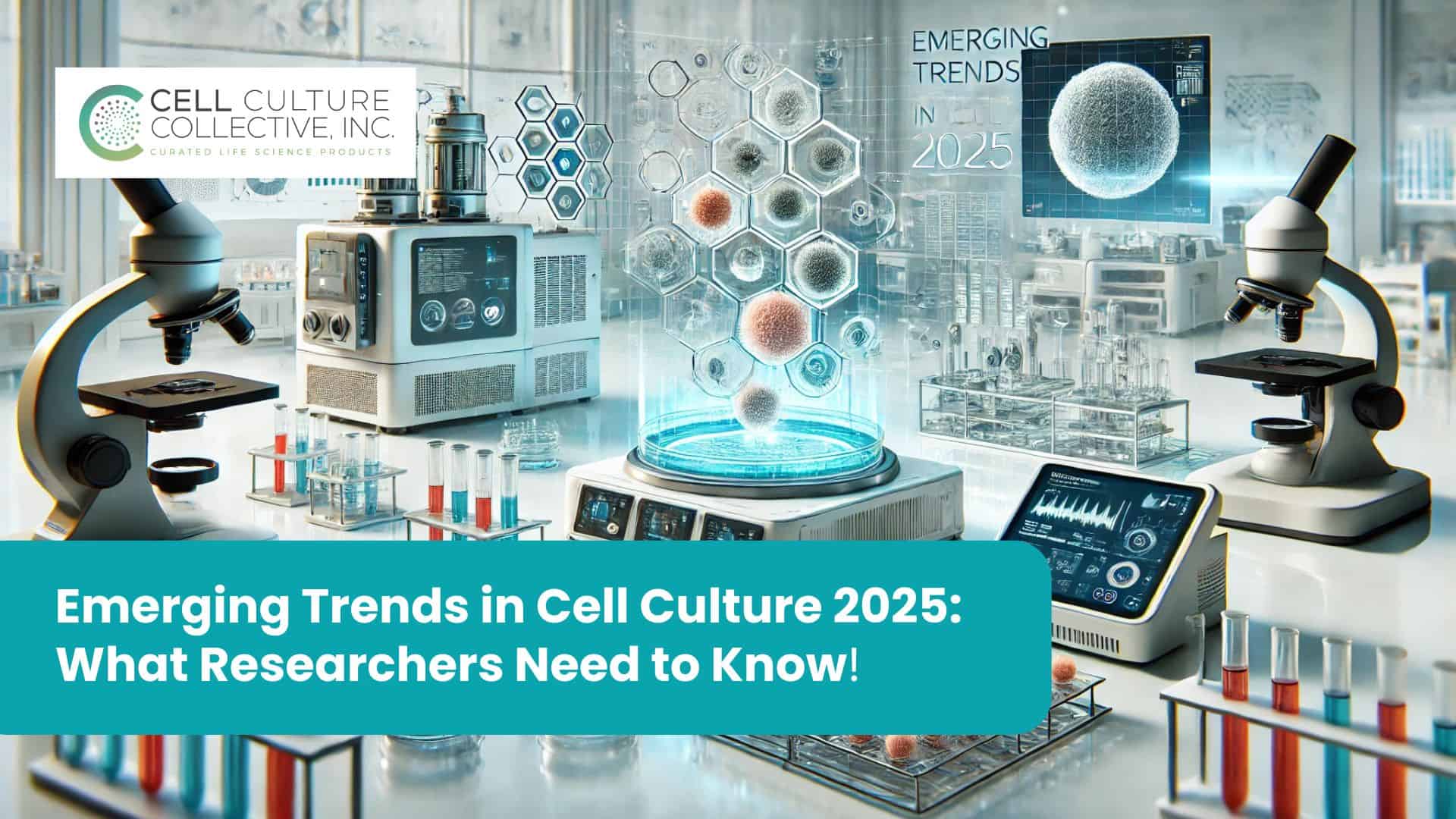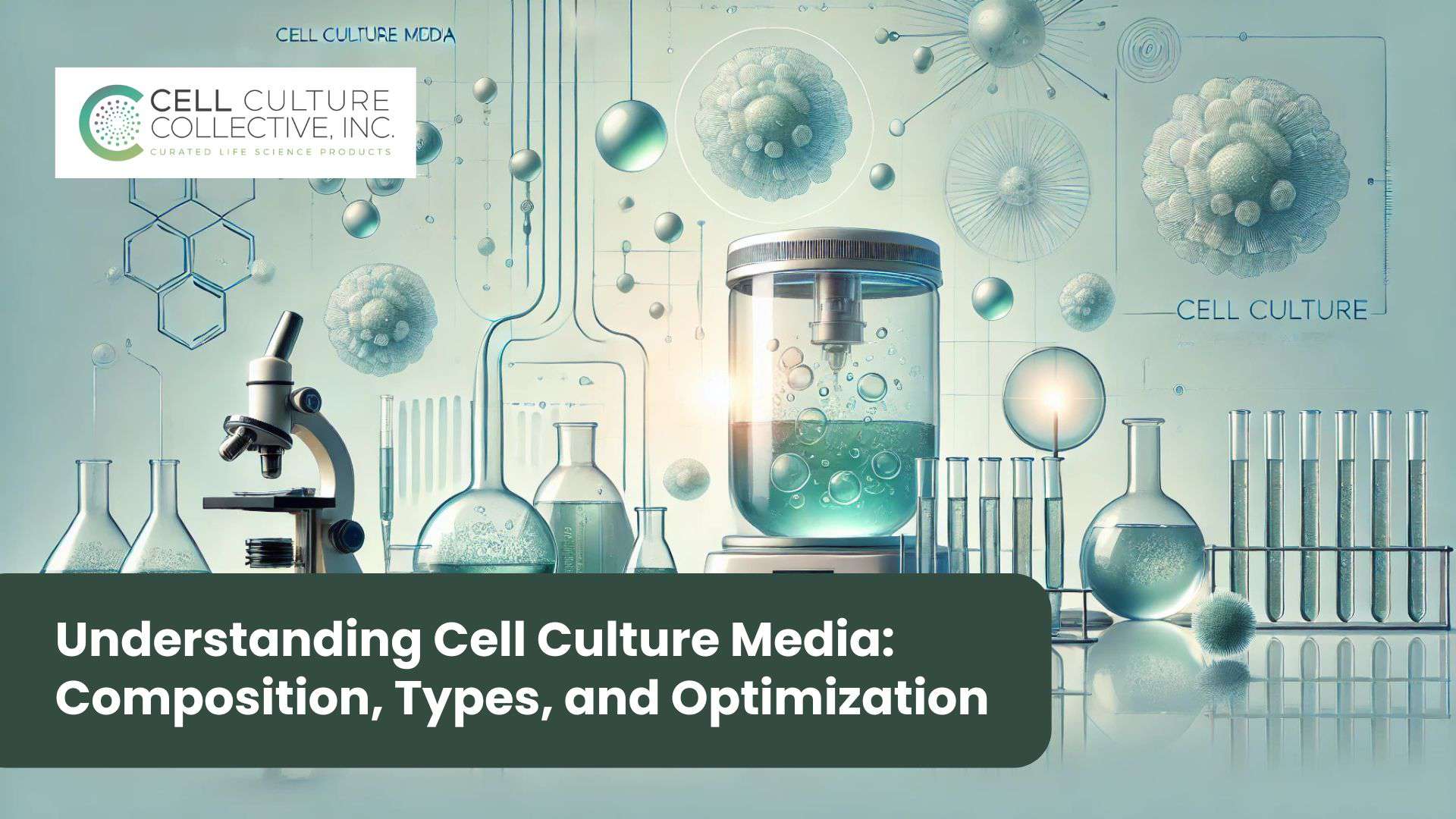In the intricate world of cell culture, precision is everything. Monitoring plays a pivotal role in ensuring that cells thrive, experiments succeed, and data remains reliable. However, for many researchers, this critical aspect often becomes a source of frustration. From contamination to data inconsistencies, the challenges of cell culture monitoring can derail even the most meticulously planned experiments.
Accurate monitoring not only safeguards the health and viability of cultured cells but also provides the foundation for reproducibility and scalability in research. Yet, traditional methods often fall short, offering limited real-time insights and leaving gaps in accuracy. With cell culture increasingly being used in areas like drug development, regenerative medicine, and biopharma, overcoming these monitoring hurdles is more essential than ever.
This blog delves into the challenges of cell culture monitoring, explores practical solutions, and highlights the innovative tools transforming how researchers approach this critical process. Whether you’re troubleshooting contamination or seeking real-time insights, we’ve got you covered.
The Role of Monitoring in Cell Culture
If you’ve ever worked with cell cultures, you know that keeping them happy and thriving isn’t as simple as just putting them in an incubator and hoping for the best. Cells are sensitive, finicky, and easily stressed—making cell culture monitoring one of the most crucial (and sometimes frustrating) parts of the process.
Why Monitoring Matters So Much
Imagine spending weeks culturing cells, only to find out at the last minute that something went wrong—maybe the pH drifted, nutrients ran low, or contamination crept in unnoticed. These issues aren’t just setbacks; they can mean wasted time, money, and effort. That’s why real-time cell culture monitoring is essential. It helps you:
- Catch problems early before they ruin an entire batch.
- Ensure consistency, making your data more reliable.
- Optimize growth conditions, so cells stay in peak condition.
What Needs to Be Monitored?
Think of your cells as tiny, demanding divas. They need the perfect environment to grow, and even small changes can throw everything off. Here’s what researchers have to keep an eye on:
- pH Balance – If it swings too much, cell metabolism suffers.
- Temperature Control – Cells don’t like surprises—keep it steady.
- Nutrient Supply – Just like us, cells need the right food at the right time.
- Oxygen & CO₂ Levels – Gas exchange affects how well cells function.
- Contamination Risks – The ultimate nightmare. Bacteria, fungi, or mycoplasma can wreck everything.
Old-School vs. Next-Gen Monitoring
For decades, researchers relied on manual checks—microscopes, color changes in media, and intuition. While these methods work, they have serious drawbacks:
- It’s time-consuming – You can’t spend your whole day staring at flasks.
- It’s not real-time – Issues might not be spotted until it’s too late.
- It’s prone to human error – Even experienced researchers can miss subtle changes.
That’s where advanced tools for cell culture observation come in. Real-time biosensors, automated imaging systems, and AI-driven monitoring platforms are changing the game, making it easier than ever to track what’s happening inside cultures without constant manual checks. These innovations don’t just save time—they improve accuracy and help prevent disasters before they happen.
Common Challenges in Cell Culture Monitoring
If cell culture monitoring were easy, researchers wouldn’t spend so much time troubleshooting. But in reality, keeping cells alive and thriving comes with a whole set of challenges. From contamination disasters to unreliable data, here are some of the biggest hurdles researchers face—and why they matter.
1. Inconsistent Monitoring Leads to Poor Reproducibility
One of the biggest frustrations in cell culture is when experiments just… don’t work the same way twice. Maybe the pH was slightly off, or nutrient levels fluctuated, but without real-time cell culture monitoring, it’s hard to pinpoint the problem. Inconsistent monitoring can lead to:
- Unexpected variations in cell behavior.
- Trouble replicating past experiments.
- Wasted time and resources trying to troubleshoot.
2. Contamination: The Silent Experiment Killer
Nothing derails research faster than contamination. One unnoticed bacterial, fungal, or mycoplasma invasion and your entire culture is ruined. The worst part? Contamination often isn’t visible until the damage is done. Common sources include:
- Poor aseptic techniques.
- Contaminated media or reagents.
- Airborne particles or unclean surfaces.
3. Lack of Real-Time Insights
Traditional monitoring methods rely on manual observations, meaning researchers only get snapshots of cell conditions instead of continuous data. This creates blind spots where critical changes—like a sudden drop in oxygen or a pH shift—go unnoticed until it’s too late.
4. Unreliable Data and Measurement Errors
Even if you’re monitoring conditions, are you confident the data is accurate? Small inconsistencies in measuring cell density, viability, and metabolic activity can have big impacts on experimental outcomes. Some common issues include:
- Inconsistent pipetting techniques.
- Variations in equipment calibration.
- Human error in visual assessments.
Why These Challenges Matter
If cell culture monitoring isn’t precise, everything downstream—drug testing, tissue engineering, biomanufacturing—can suffer. That’s why researchers are now turning to advanced tools for cell culture observation to solve these issues and improve experimental success.
Best Practices to Overcome Monitoring Challenges
Now that we’ve covered the headaches of cell culture monitoring, let’s talk solutions. Whether it’s reducing contamination risks, improving data accuracy, or getting real-time cell culture monitoring, these best practices can make all the difference in maintaining reliable, reproducible results.
1. Implement Real-Time Monitoring Solutions
Gone are the days of relying solely on manual checks. Advanced tools for cell culture observation now provide real-time insights, allowing researchers to detect issues early. Some of the most effective solutions include:
- Automated Imaging Systems – AI-powered imaging tracks cell morphology and growth continuously.
- Biosensors – Measure key parameters like pH, oxygen levels, and metabolites without disturbing cultures.
- Microfluidic Platforms – Enable controlled environments for precise monitoring and adjustments.
2. Standardize Monitoring Protocols
Inconsistencies in how and when monitoring is performed can lead to unpredictable results. Establishing clear protocols ensures that data collection is accurate and reproducible. Consider:
- Routine checkpoint monitoring (same time each day, using the same methods).
- Automating documentation with digital logs to minimize human error.
- Calibrating equipment regularly to maintain accuracy.
3. Strengthen Aseptic Techniques to Prevent Contamination
Even the most advanced monitoring tools won’t help if contamination takes over. Strengthen lab practices by:
- Using sterile reagents and consumables.
- Following strict biosafety protocols when handling cultures.
- Regularly testing for mycoplasma—one of the most common but hard-to-detect contaminants.
4. Optimize Data Collection and Interpretation
Accurate monitoring isn’t just about collecting data—it’s about making sense of it.
- Use software platforms that aggregate data for trends and early warnings.
- Ensure consistency in cell counting methods to avoid variations.
- Cross-check different monitoring methods for more precise results.
By integrating these strategies, researchers can overcome the challenges of cell culture monitoring, ensuring better reproducibility, stronger data accuracy, and fewer experiment failures.
5. Innovations in Cell Culture Monitoring Technology
The demand for more accurate, real-time cell culture monitoring has led to groundbreaking innovations in biosensing, automation, and AI-driven analysis. These technologies are not just improving how researchers track cell health—they are redefining efficiency, scalability, and data accuracy in labs worldwide.
1. AI-Driven Image Analysis: Transforming Cell Monitoring
Traditional microscopy relies on manual assessment, which can be time-consuming and prone to subjective errors. AI-powered imaging tools now allow for:
- Automated cell morphology analysis, reducing variability by up to 90%.
- Real-time tracking of cell proliferation and viability, enabling predictive modeling for growth patterns.
- Detection of early-stage contamination, improving culture success rates by at least 40%.
2. Non-Invasive Biosensors for Continuous Monitoring
One of the biggest challenges in cell culture is obtaining real-time data without disturbing the culture environment. New biosensors now provide:
- Real-time pH and metabolite monitoring, reducing media change frequency by 30%.
- Oxygen and glucose tracking in live cultures, optimizing metabolic stability in bioreactors.
- Wireless and optical sensors that minimize sample contamination risks while improving detection sensitivity.
3. Microfluidic Systems: Precision at a Cellular Level
Microfluidics has transformed single-cell culture monitoring, allowing researchers to control:
- Shear stress and fluid dynamics, critical for stem cell and organoid cultures.
- Automated perfusion systems, increasing reproducibility in 3D and suspension cultures by up to 50%.
4. Cloud-Based Data Integration for Smarter Monitoring
Modern cell culture labs are moving towards cloud-based systems, where real-time monitoring data is instantly recorded, analyzed, and stored.
- Machine learning models predict deviations in cell health before visible changes occur.
- Remote access to monitoring systems, allowing scientists to track cultures from anywhere.
- Data-driven quality control ensures experiments meet predefined viability standards, improving consistency in production-scale biomanufacturing.
5. CRISPR-Based Cell Monitoring: The Next Frontier
Recent advancements have enabled CRISPR-powered biosensors that:
- Tag live cells for fluorescence-based monitoring, increasing cell-tracking accuracy by 85%.
- Enable gene expression monitoring in real-time, helping researchers understand cell behavior at a molecular level.
These cutting-edge innovations are shifting cell culture monitoring from a reactive process to a predictive and proactive one—minimizing errors, improving reproducibility, and enabling higher-throughput research.
Conclusion
Cell culture monitoring is no longer just a routine task—it’s the foundation of reproducible research, scalable biomanufacturing, and cutting-edge therapeutic advancements. However, challenges such as inconsistent monitoring, contamination risks, and lack of real-time insights continue to hinder progress. As we’ve explored, integrating advanced tools for cell culture observation and leveraging real-time monitoring solutions can significantly improve accuracy, efficiency, and success rates.
With innovations like AI-driven imaging, non-invasive biosensors, microfluidic systems, and CRISPR-powered tracking, researchers now have access to smarter, data-driven monitoring solutions that predict issues before they arise. This shift from reactive to proactive monitoring is redefining how scientists approach cell culture, leading to faster drug discoveries, enhanced regenerative medicine applications, and more reliable experimental outcomes.
By adopting these emerging technologies and refining best practices, labs can overcome the challenges of cell culture monitoring and set new standards for precision, scalability, and reproducibility. As the field continues to evolve, the integration of automation, AI, and cloud-based monitoring will only push boundaries further—bringing us closer to a future where cell culture is not just monitored, but truly optimized.
References:
- Nature Biotechnology, “AI-Assisted Image Analysis in Cell Culture”
- ScienceDirect, “Real-Time Detection of Contamination in Cell Culture”
- NCBI, “Advancements in Non-Invasive Biosensors for Cell Culture Monitoring”
- Journal of Microfluidics, “Enhancing 3D Cell Culture Monitoring with Microfluidic Systems”
- Cell Reports, “CRISPR-Based Fluorescence Monitoring for Live-Cell Analysis”
- Feature Image Credit – Kesavan, Srikanth & Momey, Fabien & Cioni, O. & David-Watine, Brigitte & Dubrulle, Nelly & Shorte, S & Sulpice, Eric & Freida, Delphine & Chalmond, Bernard & Dinten, Jean-Marc & Gidrol, Xavier & Allier, Cédric. (2014). High-throughput monitoring of major cell functions by means of lensfree video microscopy. Scientific reports. 4. 5942. 10.1038/srep05942.
